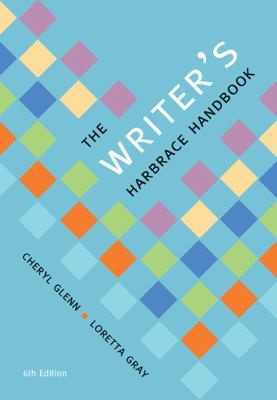
|
This nine-part writing handbook covers a wide range of topics about academic writing such as the progressive stages in writing, discipline-specific writing, and the respective language features. Through understanding the rhetorical situation, which refers to the writer, reader, message, and context, the book guides you how to select and present information with appropriate language in academic writing.
Highlights include managing academic writing (Part I: 4), disciplines and documentation styles (Part III), subordination and coordination (Part V: 29), and conciseness (Part VI: 35).
|
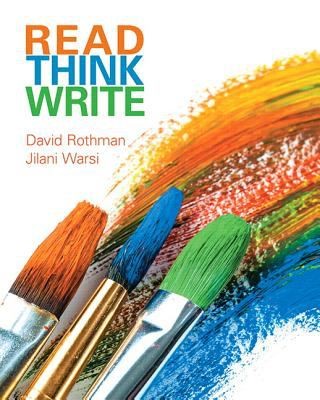
|
The introductory chapter delineates the “Read Write Think” in academic writing, enlightening readers by explicating the processes before writing – reading and thinking. The book orientates itself towards students from all disciplines by using discipline-specific essay questions to elaborate various writing skills in nine chapters. In addition to reading skills and writing skills, the book helps you build academic vocabulary and improve language.
Highlights include the introduction about integrating reading, thinking, and writing (Ch. 1), writing skill foci, and trouble spots in writing (sub-sections throughout Ch. 2 to 10).
|
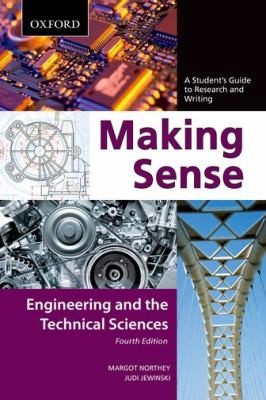
|
Focusing on engineering and technical sciences, the book primarily aims to guide you how to write major text types in sciences with step-by-step instructions including writing checklists. Common grammar mistakes and inappropriate words and phrases in writing are also highlighted.
Highlights include writing summaries and abstracts (pp. 31), writing a lab report (pp. 39), writing proposals and project reports (pp. 46), and following conventions for graphics and formatting (pp. 122).
|
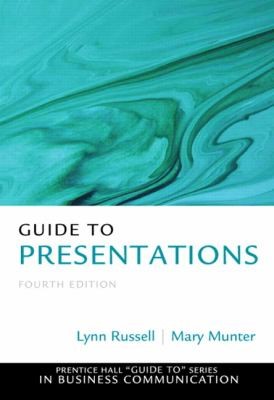
|
Targeting at university students, the guide book, which is separated into two parts, offers advice and suggestions on making effective presentations. The first part explicates three variables that determine the presentation strategy in the preparation stage while the second part explains the implementation of the presentation strategy with visuals and non-verbal as well as verbal communication skills.
Highlights include writing and using the presentation objective (pp. 30-36), making your message memorable (pp. 38-47), thinking visually as you design (pp. 100-112), and analysing your non-verbal style (pp. 120-129).
|

|
Featuring the process of preparing and delivering posters and presentations in the academic context, the book provides you with guidance on effective communication of ideas, oral communication skills, and how to interpret feedback from the audience. With the aid of abundant tables and graphics, you will be shown the key stages of a presentation, polishing your presentation skills through exercises and self-reflection.
Highlights include essential tools for success (pp. 22-30), getting strategic about presentations (pp. 69-76), and a slide checklist (pp. 102-109).
|
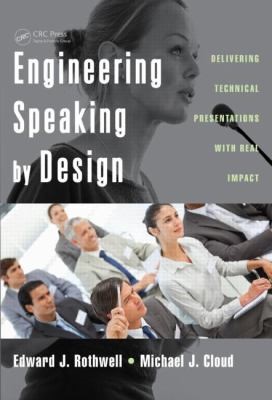
|
The book not only covers formal presentations by professional engineers, but also applies to in-class presentations, thesis or dissertation defenses, and conference presentations, hence a recommended resource for university students as well. Through understanding the versatile rubrics for rating presentations, you will learn how to plan, design, optimise, deliver, and reflect on presentations in different settings. Each chapter ends with a summary and exercises.
Highlights include designing the introduction, main body, and conclusion (pp. 30-36), English usage (pp. 67-75), and presentation delivery (pp. 119-126).
|